
Wendy Yu on her trip to Rwanda with Women For Women International charity
Fashion entrepreneur Wendy Yu is the founder and CEO of Yu Holdings, an international ambassador for the French Fédération de la Haute Couture et de la Mode, and a supporter of The Metropolitan Museum of Arts, BAFTA and numerous other charitable foundations. As part of our ongoing philanthropy series, LUX speaks to Yu about her long-standing commitment to the arts, female empowerment and children’s education
LUX: As well as supporting the Costume Institute at the Metropolitan Museum of Art, when did you first have the idea to set up a China program and why?
Wendy Yu: Having spent many years residing in London, travelling for business and working with international organisations, upon returning to Shanghai to live a few years ago, I felt an immediate sense of responsibility to my country in terms of helping to shape the creative and cultural space and provide a bridge between East and West.
Follow LUX on Instagram: luxthemagazine
This is why conversations about China with The Met were initiated. Having been fortunate enough to spend some time with Andrew Bolton, I wanted to give the design community in China the opportunity to meet him and understand more about his work at The Costume Institute. The Met has such a big following in China, but mostly because of the Met Gala, and yet there is so much more to know and learn.
I invited Andrew to China in 2017, where he and Angelica Cheung co-hosted an event to meet emerging Chinese designers. I’m passionate about providing a platform for creative and cultural exchange.

Wendy Yu at The Met Gala
LUX: Have you always been passionate about costume?
Wendy Yu: I’ve always been passionate about fashion as part of the wider creative industry. Fashion and costume are so intrinsically linked to a sense of identity, emotion, stories, a moment in time and culture. It’s also provides us with an opportunity to dream, and further nowadays, share our voice as our wardrobe is beginning to say something about our values.
LUX: Is there anyone the philanthropy world who particularly inspires you?
Wendy Yu: Amal Clooney, and Queen Rania.
LUX: What exactly does the Women For Women International charity do, and how do you ensure your support is optimal?
Wendy Yu: Supporting women is one of my priorities and I have loved to support Women For Women International as they are a wonderful charity dedicated to helping women, who are living in areas of conflict and are often marginalised. I travelled with Women For Women to Rwanda a few years ago to meet some of these women, and it was one of the most enlightening and heartfelt experiences of my life. It was incredible to see how these women had benefited from Women For Women’s training program, which provides them with the necessary skills to become financially independent and support their families.

Wendy with some of the women helped by the Women For Women International charity in Rwanda
LUX: Do you think that the role of private philanthropy is becoming more important, with increasing limitations on government funding?
Wendy Yu: Absolutely, particularly for the creative industry and especially at the moment, where much of government funding is having to be redirected due towards the pandemic. With philanthropy comes a true personal passion and commitment, often deriving from a special relationship that goes beyond financial support and can be truly game-changing for the people and organisations on the receiving end.
Read more: Why The Alpina Gstaad is top of our travel wish list
LUX: In terms of your support for the educational prospects of China’s children, is there anything that concerns you about the path ahead for Teach for China, and what made you decide to launch an art fund?
Wendy Yu: I believe in the importance of creativity in enhancing our lives and particularly that of children. Teach For China does an incredible job at providing education and facilities for children living in rural areas of China. What I felt I could bring to the table as one of their committee members was to provide the means for them to integrate art in their program, a subject that can often get sidelined when there is a lack of funding. Together we established an art fund, which would see the funding of art teachers and the necessary materials for schools in rural areas.
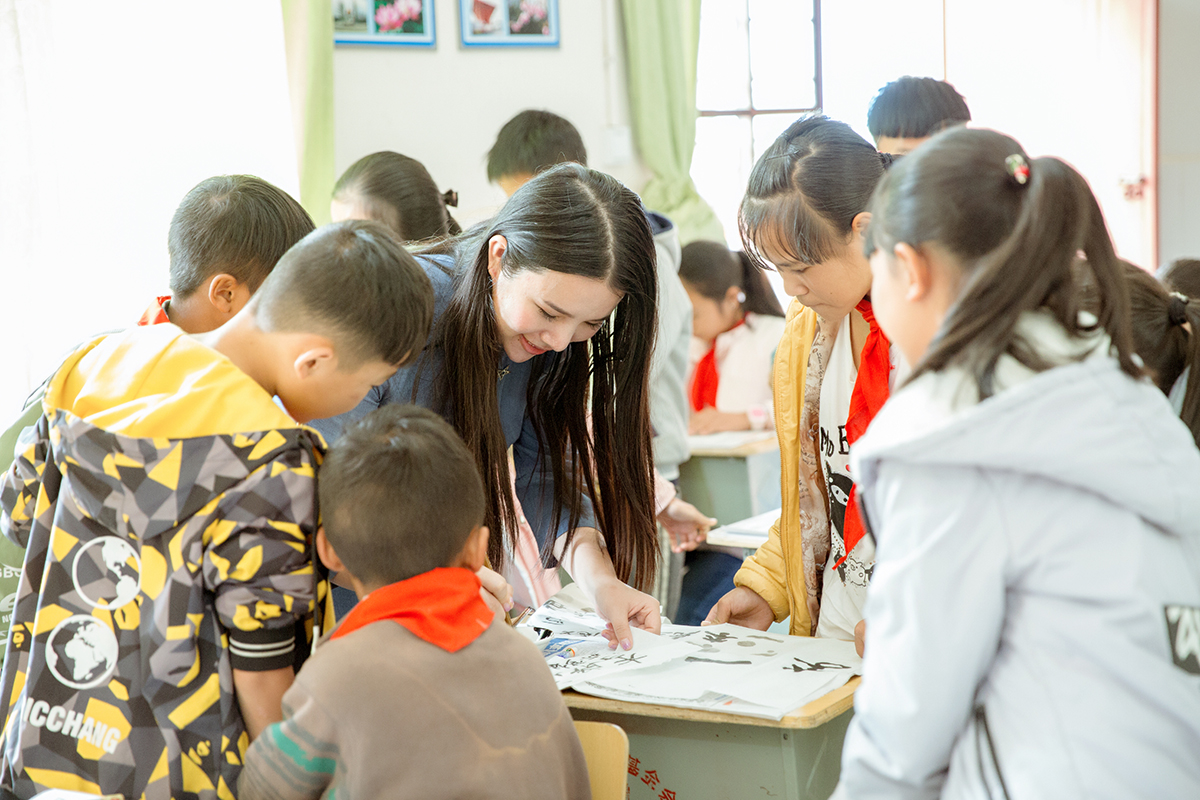
Wendy working in one of Teach For China’s classrooms
LUX: Do you enjoy collaborating with Teach for China?
Wendy Yu: Very much so. Working with Teach For China has given me the opportunity to meet and spend time with the children who are benefiting from the art fund, as well as integrate their artwork in some of my own projects, including a clutch for a collaboration I did with Olympia Le-Tan where we used an artwork created by one of the students.
LUX: How will COVID-19 affect what do you do?
Wendy Yu: Covid hasn’t impacted my interests and what kind of initiatives I am directing my energy to; the causes I am committed to continue to be the arts, female empowerment and children’s education. That said not being able to travel means that at the moment any activity is by default mostly China centric.
Read more: Montegrappa’s CEO Giuseppe Aquila on personalised luxury
We have just launched the Yu Prize, which is an annual award and incubator program to support promising emerging fashion designers from China. The CFDA, the BFC, Camera Moda and FHCM are so good at championing creativity and providing a support system for their rising stars; this is something that is lacking in China and yet we have a burgeoning fashion community of very talented designers. I’m excited and want to nurture this generation of designers, who compared with their predecessors, have mostly studied abroad (CSM, LCF, Parsons) and so are more globally minded. They marry this with a sense of pride of their cultural roots, and from this a new wave of creativity and confidence is born, which serves to reposition “Made in China”. Huishan Zhang, Guo Pei and Caroline Hu craft many, if not all, of their demi-couture pieces locally in China to an international standard.

Wendy Yu (middle) with Anna Wintour and Andrew Bolton
LUX: Do you often get to personally experience the difference you have made to a foundation or group?
Wendy Yu: My philanthropy has always stemmed from a personal relationship and a special connection that I have felt with a cause and therefore my involvement tends to be hands-on. It’s incredibly grounding and rewarding to be close to the people whose lives and/or careers are being transformed. Equally working with organisations that are specialised, and have the power and platform to make a difference is very inspiring. In today’s world and coming from a position of privilege, I believe in the importance of doing good as part of a wider definition of success.
LUX: Any other advice for our readers who might be considering going into the sector?
Wendy Yu: Follow your passion. Have in mind a wider sense of impact that you would like to make to a particular sector or area of interest, and then cultivate specific objectives and tangible projects that can be brought to fruition. Work closely with professional organisations that align with your vision and from whom you can learn more and gain access, however don’t be afraid also to champion people on a more personal level.
Find out more about Wendy Yu’s work: wendy-yu.com


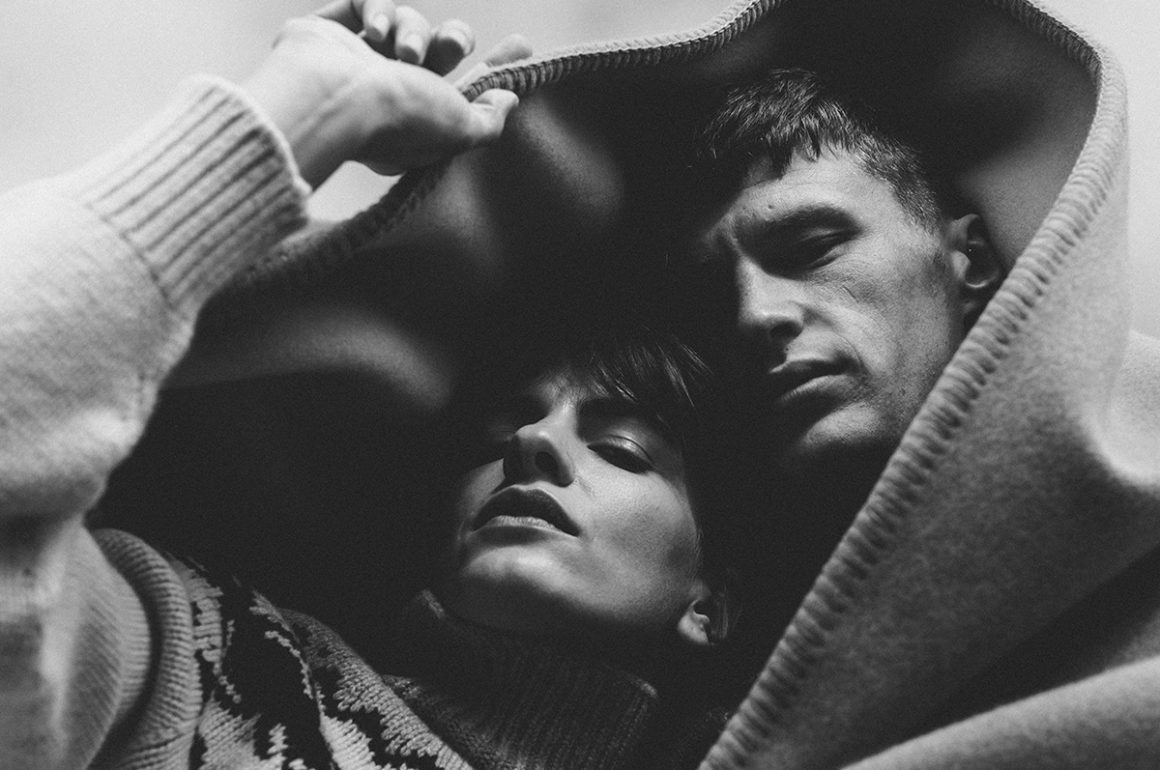


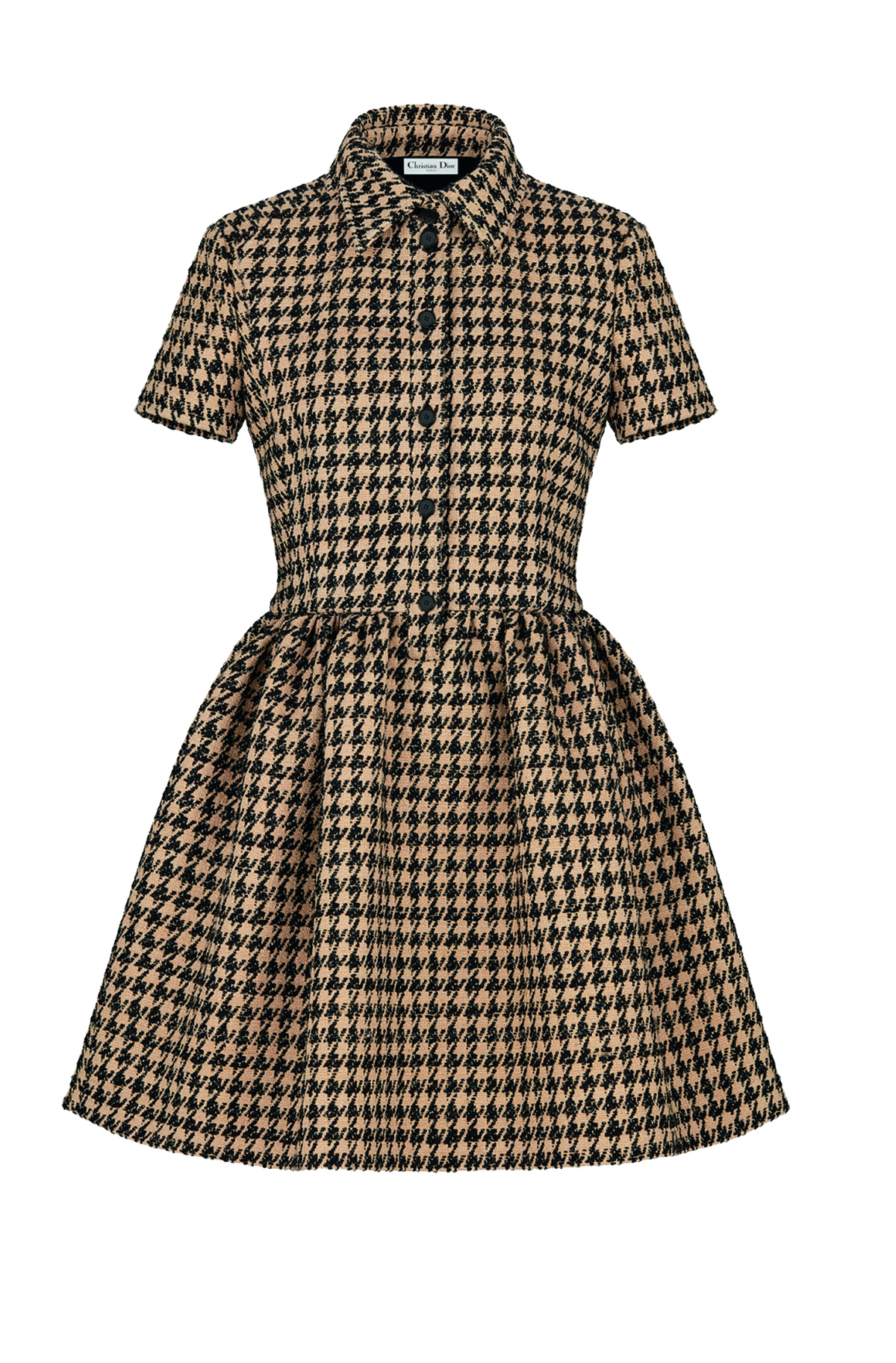













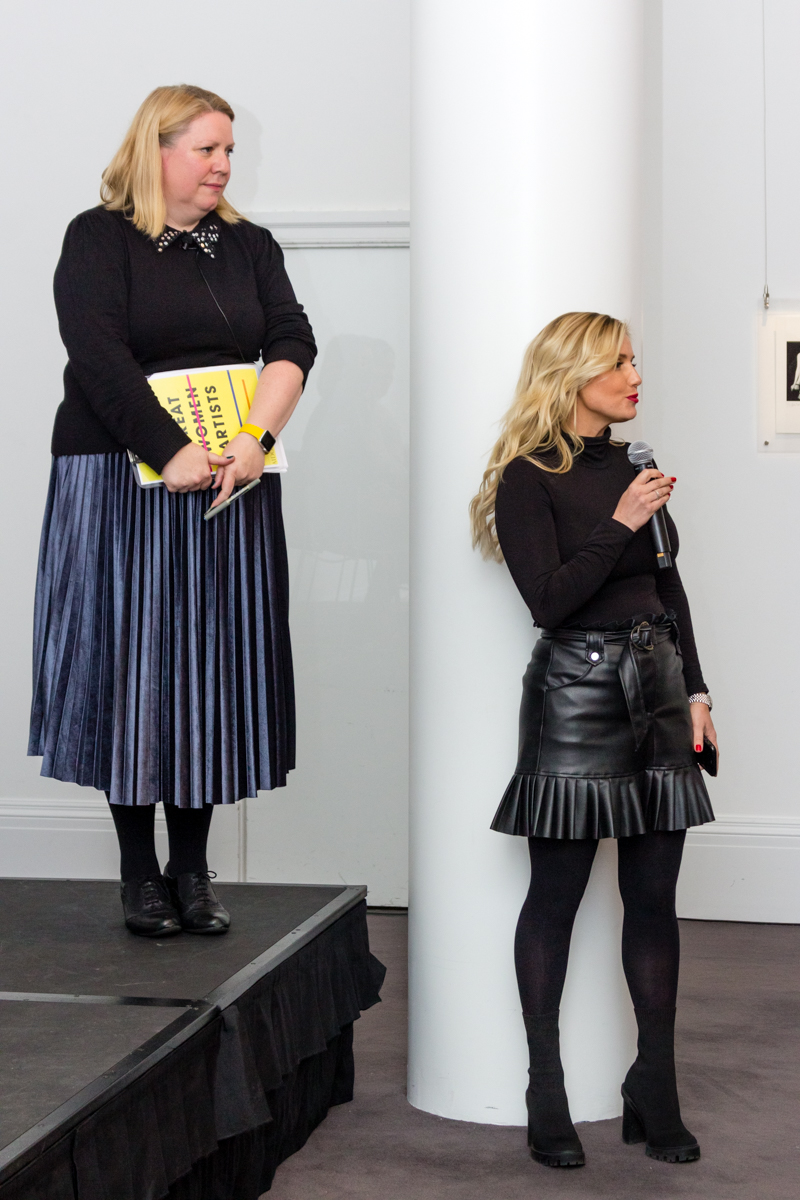

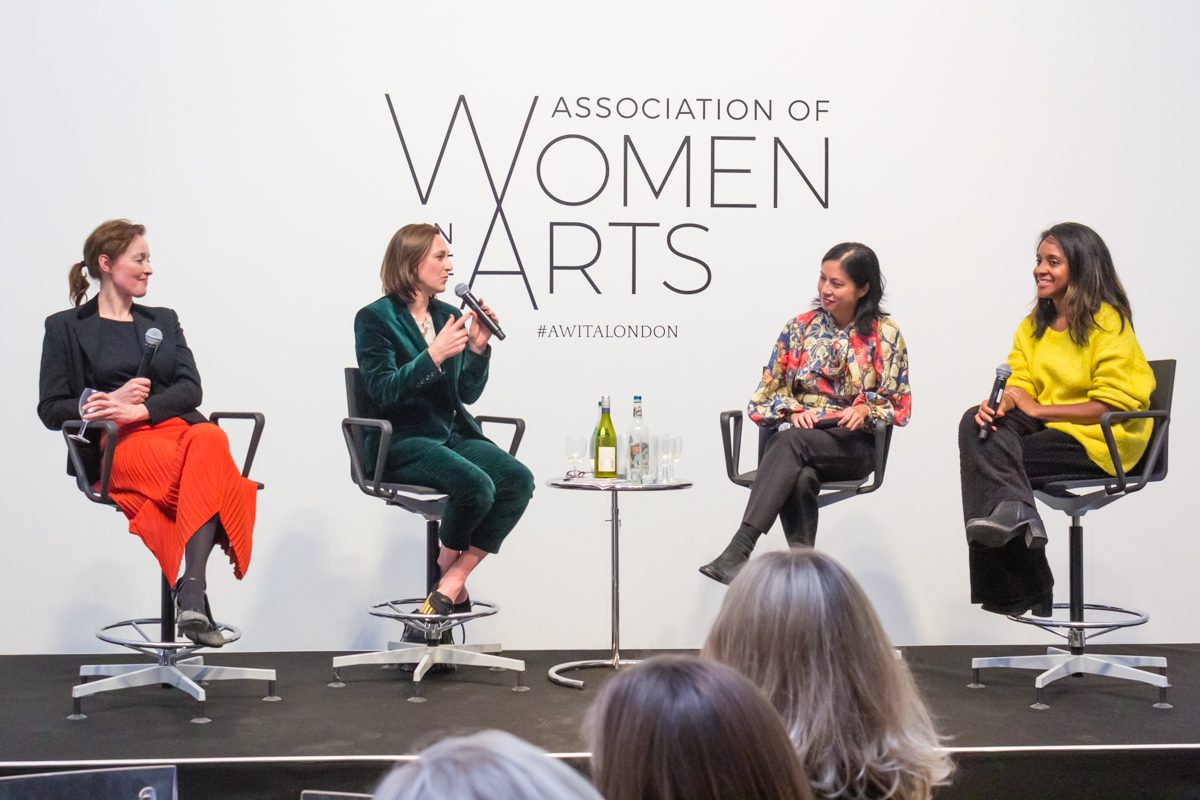






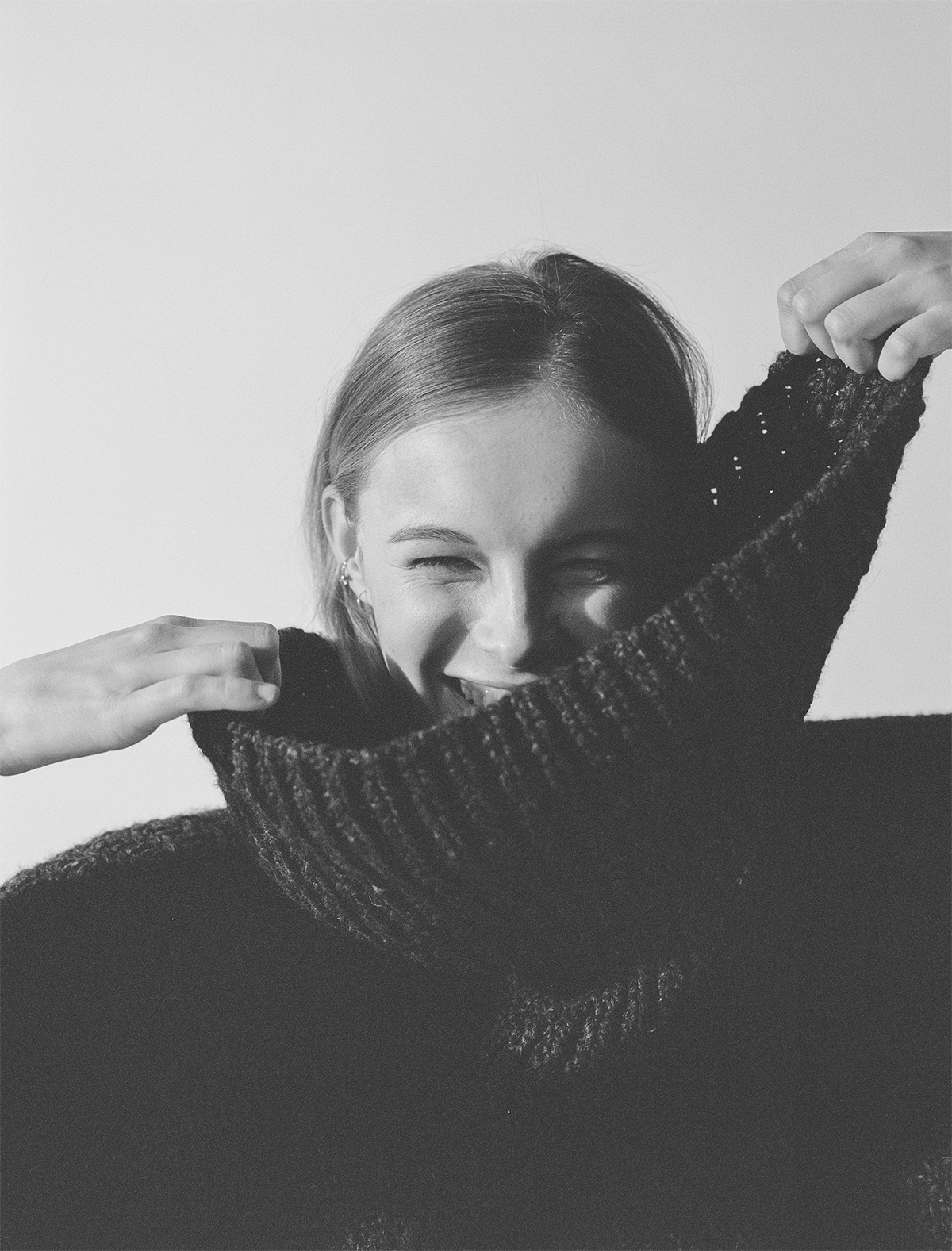


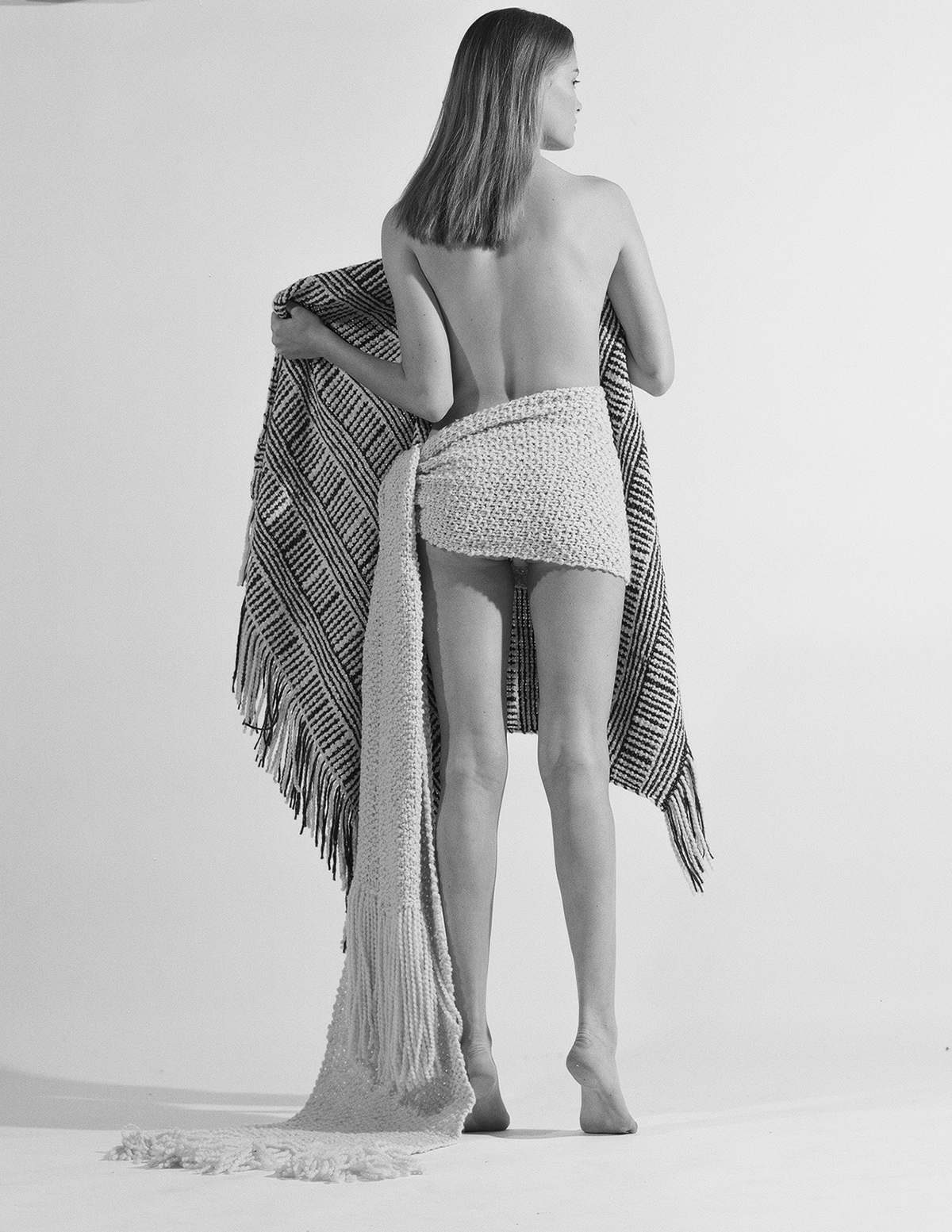





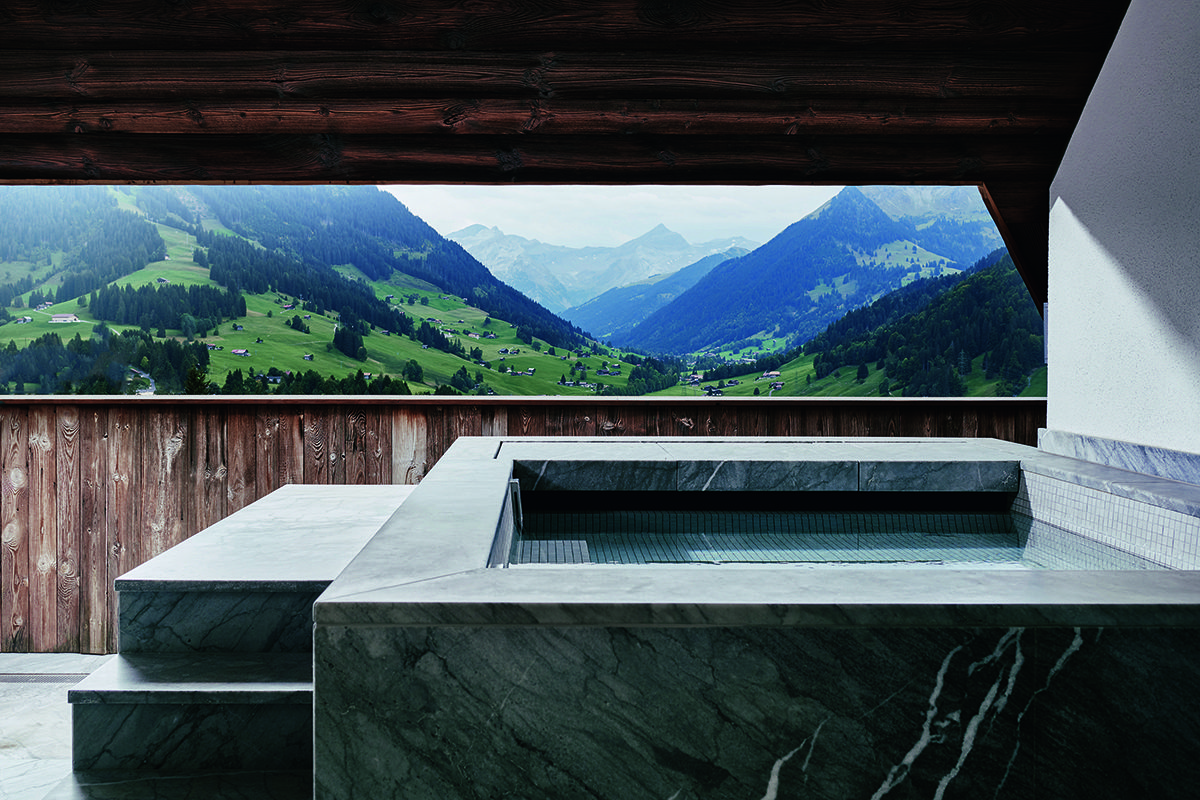







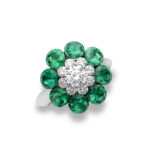 When Chopard’s artistic director and co-president,
When Chopard’s artistic director and co-president, 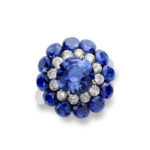 The custom of saving something for best may have fallen out of favour and after several months of lockdown and the tedium of
The custom of saving something for best may have fallen out of favour and after several months of lockdown and the tedium of

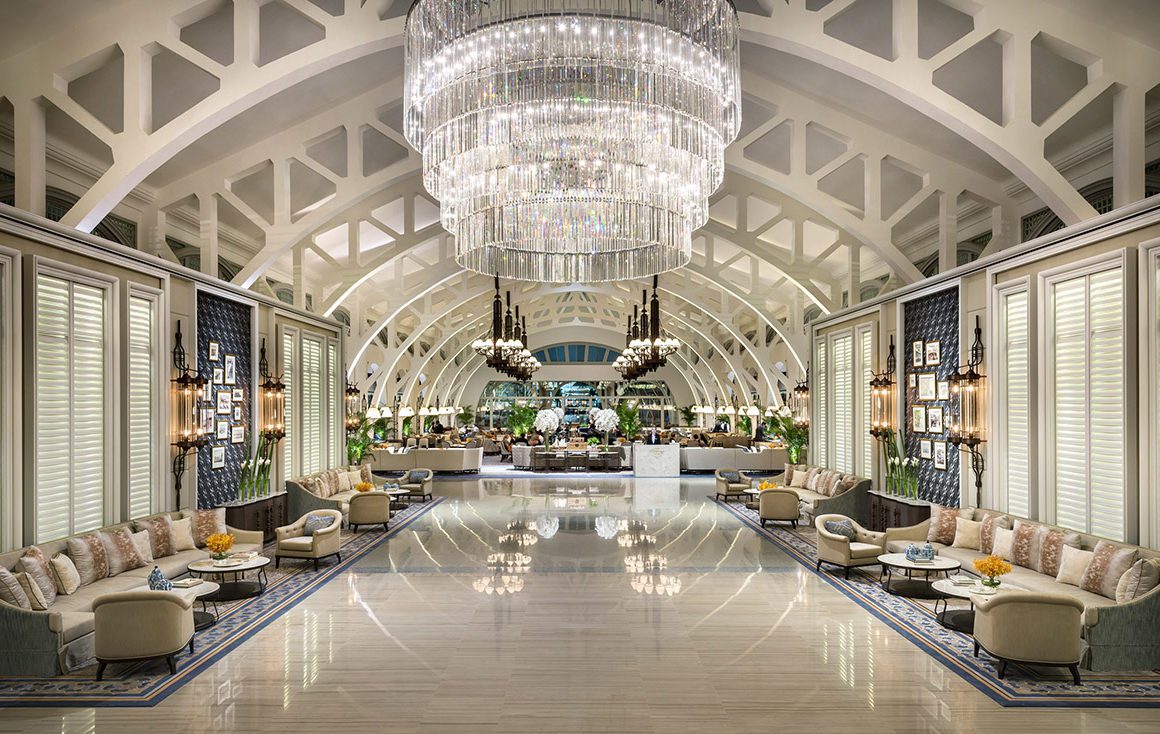



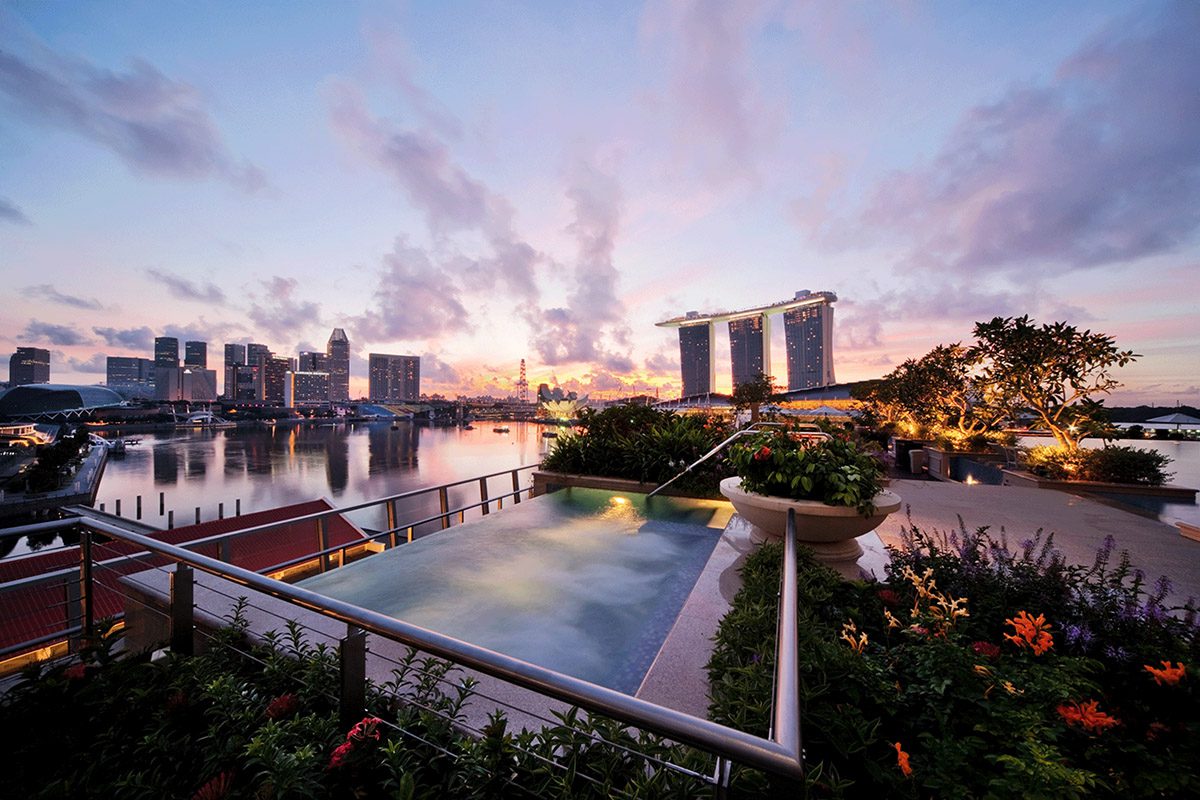




























 1. What first drew you to the world of PR and specifically, the luxury industry?
1. What first drew you to the world of PR and specifically, the luxury industry?
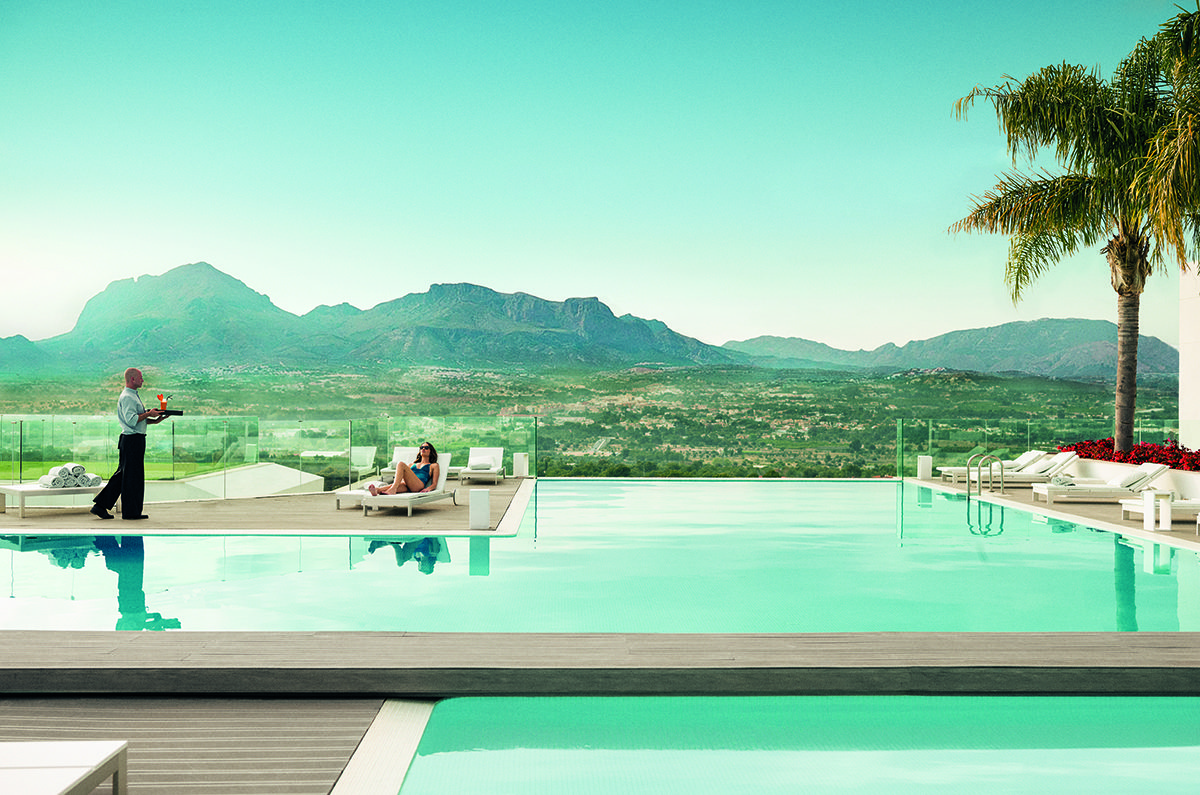














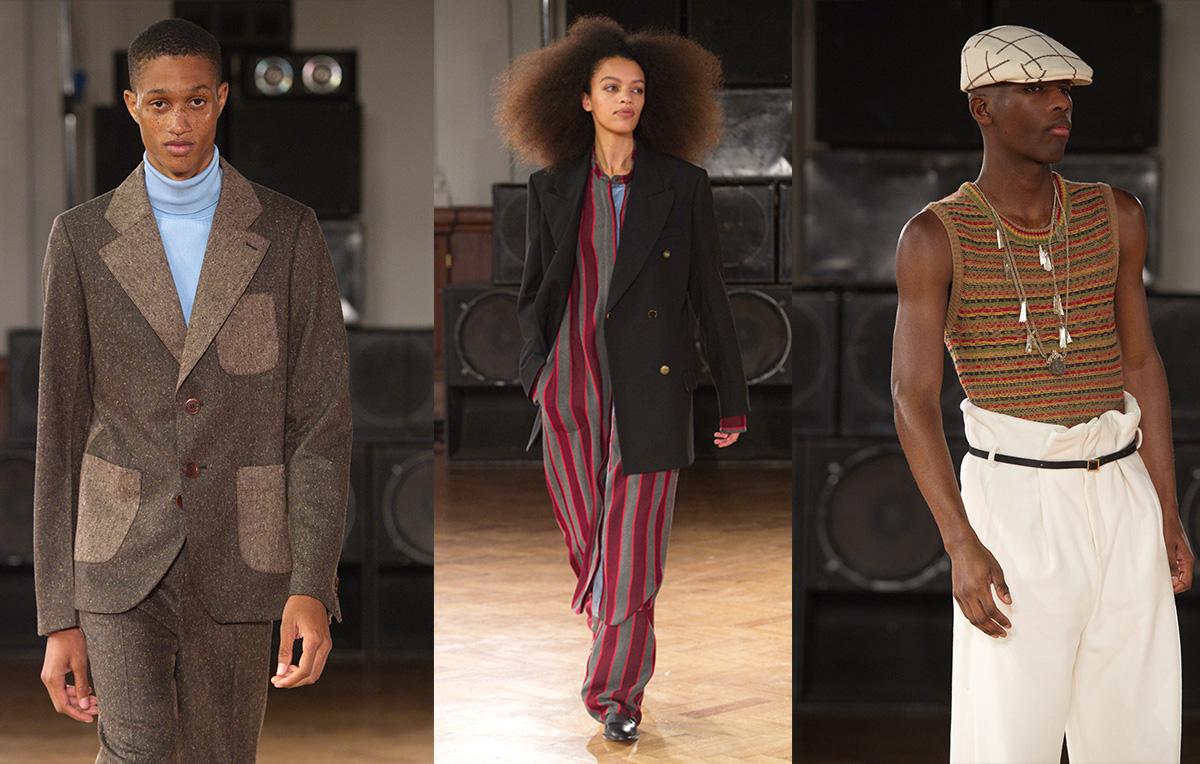
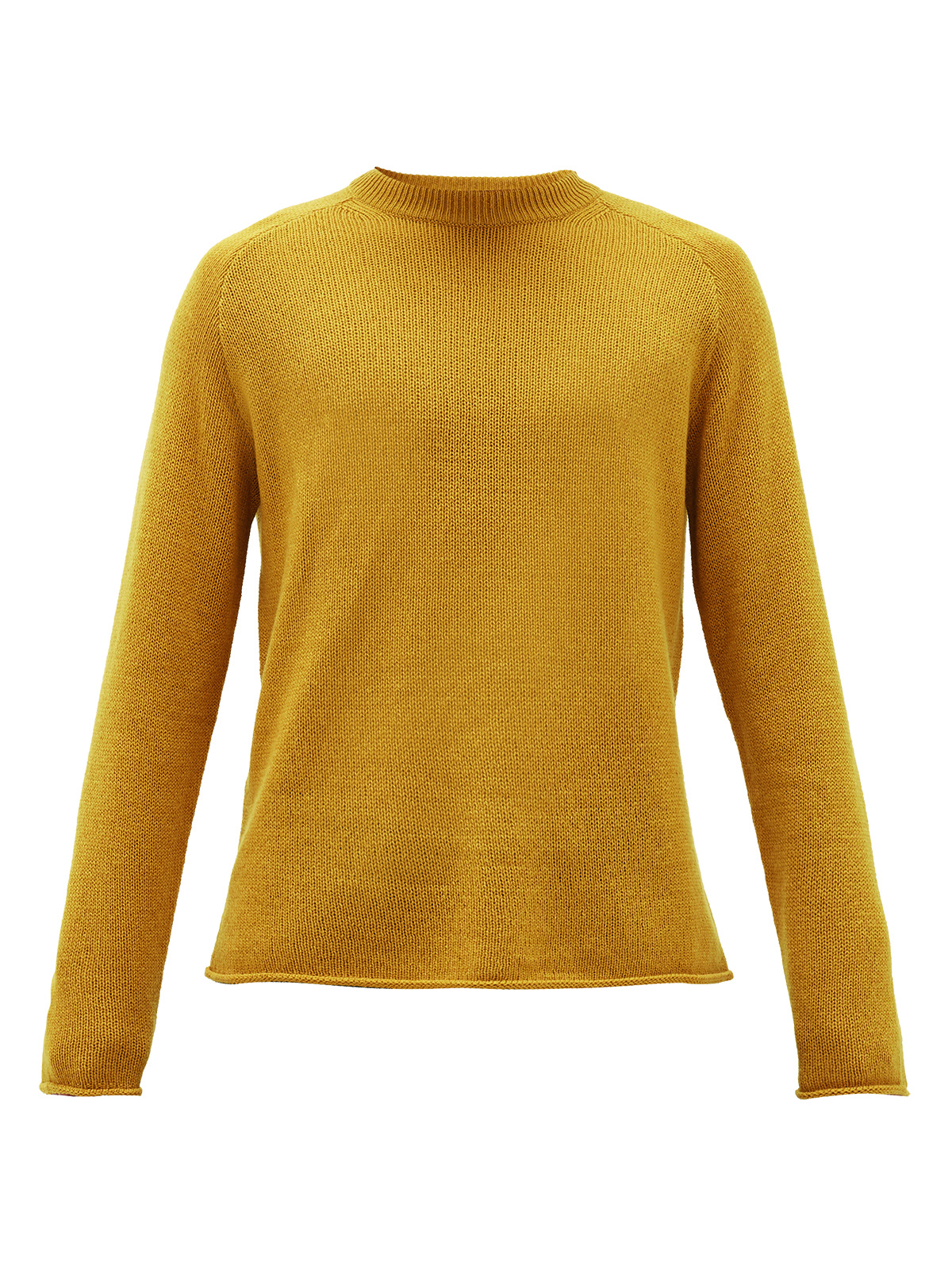



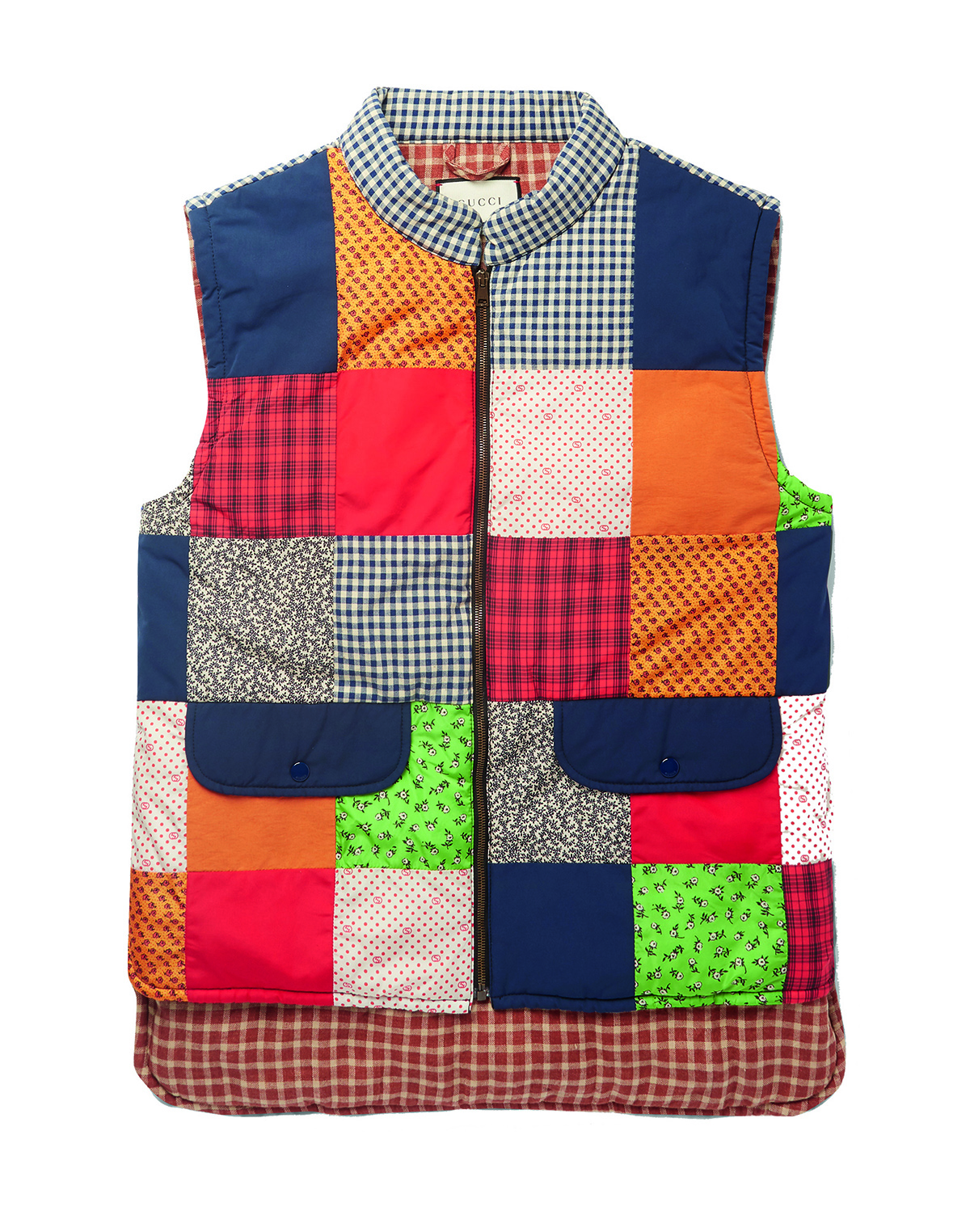










Recent Comments